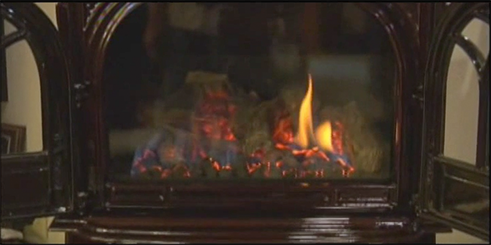About half of all homes in northwest Washington have some type of wood-heating device. During the winter, wood smoke can account for most of the air pollution recorded in residential areas. And studies show that when air quality is poor outside, it can seep into buildings and become as bad or worse indoors, even in homes that aren’t heating with wood.
Wood smoke is a health risk because it consists of tiny particles that can be inhaled deeply into the lungs. Particle pollution is linked to a number of health problems, including coughing, wheezing, reduced lung function, asthma attacks, heart attacks, and strokes. It also is linked to early death. Young children, the elderly and people with heart or respiratory illness are most susceptible to health risks from wood smoke.
In order to help reduce these health risks, all wood-heating appliances sold in Washington must be certified to meet Washington state emission limits.
